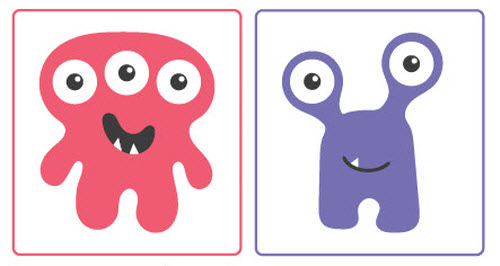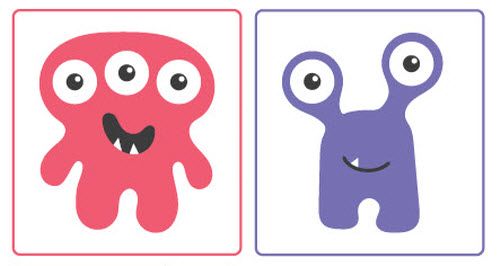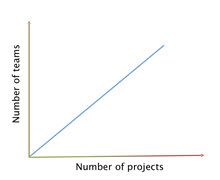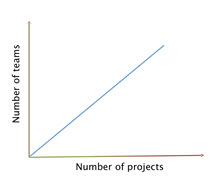Productivity-Killing Monsters of Requirements and Tips to Slay Them
As a Business Analyst or Project Manager, you are on the front lines of bringing products to market that build value for your business. If you’re like most BAs, however, you spend too much time reporting status, explaining context and tracking decisions. From listening to you over the years, we’ve started the list by identifying six of the biggest challenges—or monsters—that BAs and PMs face (see list, below) but many other monsters lurk out there, slowing down your project and throwing obstacles in your way.

Example Monsters
Swoop Monster
This executive monster comes to you at the last minute with critical feedback you asked for weeks ago. Right when you’re about to move forward, she’ll swoop in to mix things up; chances are, Swoop results in more work and less time to get it done.
Rework Monster
The Rework monster pops up months after you’ve made a decision and moved forward. He wants all the details, asking you to prove who decided what was decided, when and why. Guess what happens next? You get to redo something!
CYA Monster
The CYA monster has selective memory and doesn’t remember that conversation where you both agreed on a new direction. Do you have the backup necessary answer this monster’s detailed questions?
Missing Monster
This monster is an essential contributor to your project, with a long history on your team and an ironclad memory. This monster is great… until he suddenly disappears forever with all that intelligence.
Meh Monster
Your finished product lands with a resounding… “meh” from this monster. He was expecting x, y, and z, but you delivered q, r and s. All that work you did turns out to be based on mismatched expectations so the best you could deliver is disappointment.
Cog Monster
The Cog monster blocks you from knowing the whole project, treating you like a task rabbit. She thinks as long as you do your part, and every other cog does theirs, the whole product will hum. Cog monster doesn’t understand the importance of providing context so that everyone knows what is being built and why.
Tips to Slay These Monsters
- Give management better visibility and a continuous feedback loop to address issues before it’s too late. Be transparent and open for feedback at all phases of the project, and have frequent check-ins to get reactions early. If your team and executive staff are in the same office, this is easier to accomplish.
- Provide full context of every decision so everyone understands the scope of the project and why. Cog monsters need your help seeing the value of context in empowering people to do their best work. This applies upstream to your stakeholders and customers so they understand what they’re getting and it applies downstream to your design, development and QA teams so they know exactly what to build and to test properly.
- Embrace changes intelligently by connecting the dots, quickly assessing the impact and communicating updates to the right people involved automatically. As you know, we can’t talk about requirements without talking about change!
- Break large, complex projects into smaller manageable parts, and let people filter in on what’s relevant to them. Manage project scope item by item to get work done. People naturally work on a list of a few items at a time. It’s how our brains work and we’re more productive that way.
- Be proactive. People have selective memories. We all remember what we want to hear. What stakeholders forget is the additional things they add along the way or that you’ve had to reprioritize features as the scope evolves over time. Make sure everyone approves of the trade-offs resulting from the decisions.
- Collaborate. New tools for managing requirements and the product delivery process can house the conversations, comments and decisions in the same place where the work takes place. Context is captured, reviews are public and nothing stays in someone’s head. Rethink the document-driven, meeting-heavy process and shift to a more modern way of working
Don’t forget to leave your comments below.


